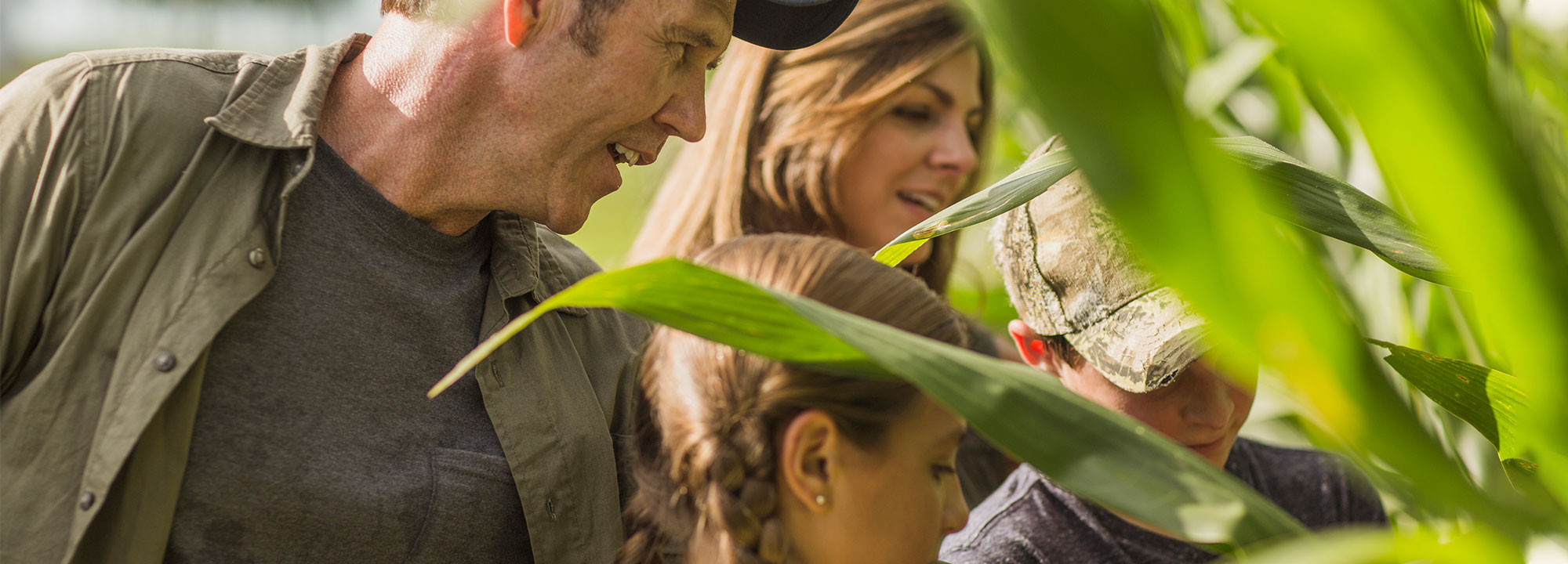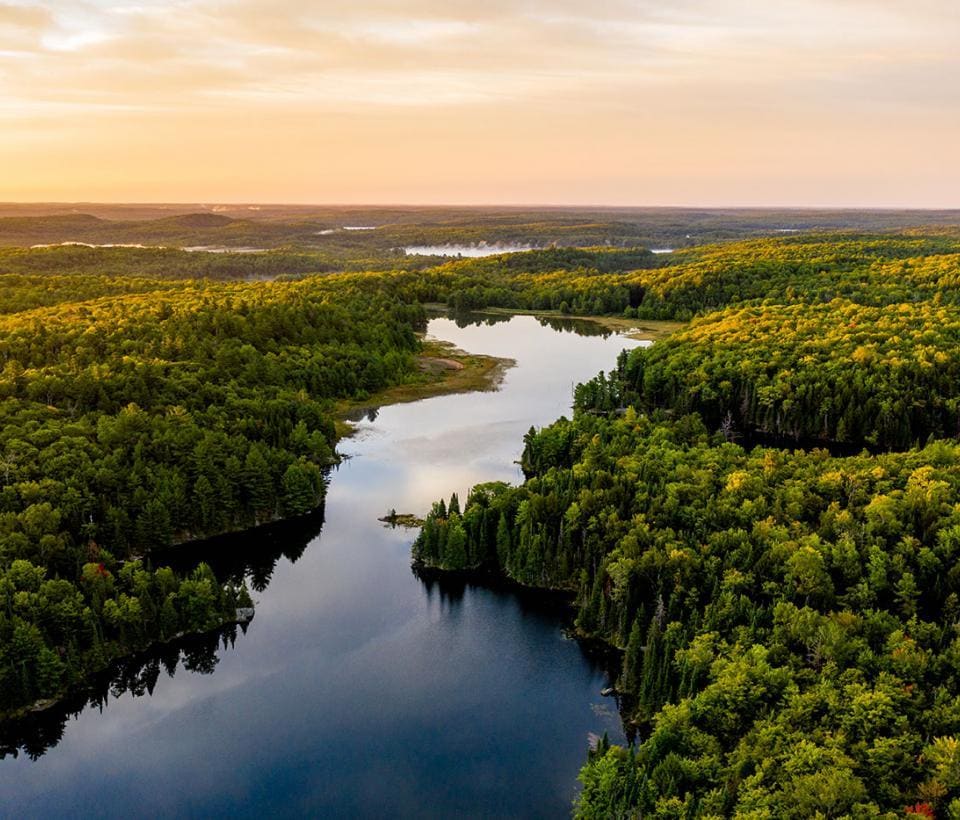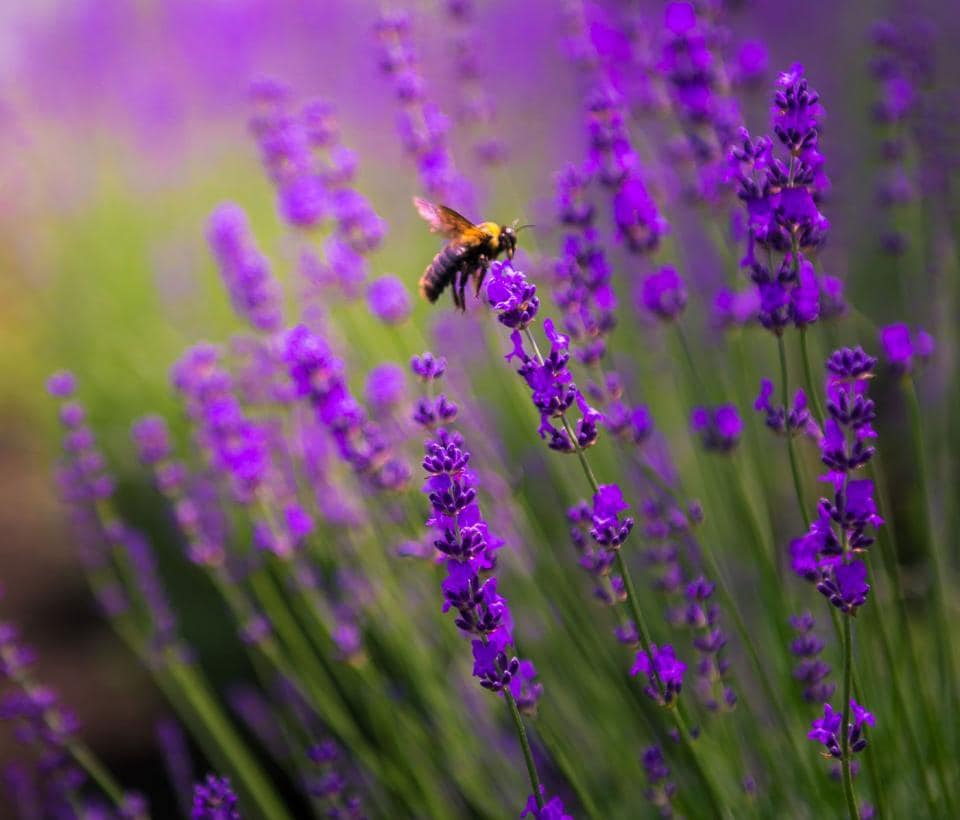Cultivating Life On and Beyond the Farm

Our long-term success as a company lies in providing farmers with the best tools and solutions so they can grow enough with less environmental impact. At Bayer, we are driven by our purpose of Science for a Better Life — and to successfully meet this purpose, we need to grow better for our planet and its people.
Agriculture needs the direct and indirect help of countless organisms which help create healthy, thriving ecosystems. Biodiversity — or the variety of different species of plants and animals found in a particular environment — and agriculture are intimately intertwined. Without the help of many of these organisms, a farmer’s crops would not have the resources and support they need to grow.
Of course, what we do in agriculture has a measurable impact on the organisms in the growing areas and the surrounding ecosystems. That is one of the reasons we’re working to find ways to minimize and even reverse agriculture’s impact.

Biodiversity creates opportunity for all
Biodiversity isn’t just a goal; it’s an asset to our planet. All parts of an ecosystem—animals, plants, microbes, and humans—are interconnected. In order for our planet thrive, we need to not only find ways to meet increasing demands for better harvests, but to do so in a way that also protects healthy ecosystems and the many organisms that inhabit them. At Bayer, we’re working to improve upon even our best ideas to:
- Steward and pioneer innovative solutions that empower farmers to farm better, like advanced digital tools, plant breeding, biotechnology, and other technologies that that help improve land use to grow enough food while using fewer resources and preserving space for natural ecosystems
- Protect habitats alongside farmers and external partners by avoiding deforestation and supporting reforestation efforts around the world
- Support sustainable farming practices such as Integrated Weed Management, cover crops, conservation tillage, crop rotation, and other methods that help farmers conserve natural resources, maintain natural habitat, and protect the environment
- Maintain rigorous standards in environmental safety testing, risk assessment, and transparency to produce solutions that minimize agriculture's effect on biodiversity
- Collaborate with others within and outside of our industry to pursue new ideas that foster compatibility between agriculture and all organisms

It’s a big and beautiful world. Let’s keep it that way.
There’s a lot of work to do
Biodiversity loss is a critical problem. The most recent report from the Intergovernmental Science-Policy Platform on Biodiversity & Ecosystem Services (IPBES) attributes biodiversity loss to a variety of factors such climate change, urbanization, pollution, and other land-use changes to list a few. Agriculture has a palpable impact on biodiversity, and it’s on us to find ways to mitigate this impact. With the right innovations to drive humanity forward, farming—and our food system at large—can be part of the solution to help all life on this planet thrive.
We’ve made great progress, but there’s much yet to accomplish. That’s why we’re hard at work to create new solutions in agriculture to reverse biodiversity loss around the globe—like digital tools that help farmers identify and transform underperforming areas of their field into wildlife habitat, or custom breeding programs that help plants better protect themselves against invasive species. There’s no end to what humanity can accomplish, and we’re proud to put our ingenuity forward to benefit everyone.

Humans aren’t the only ones working the fields.























